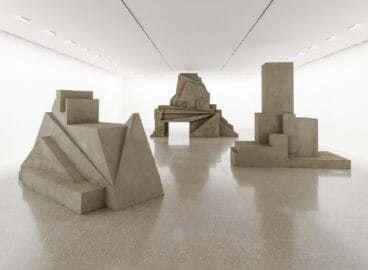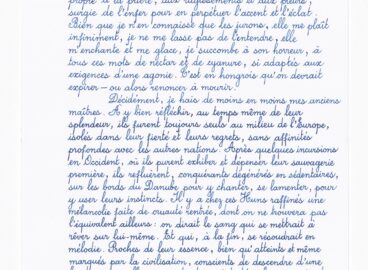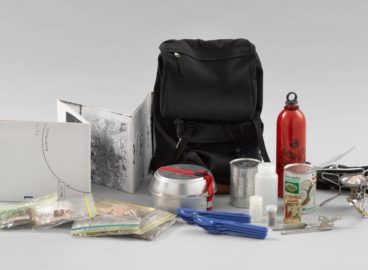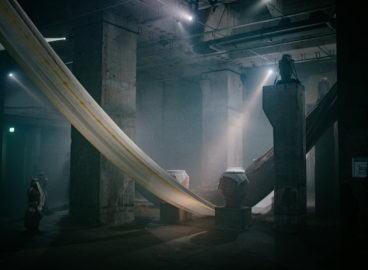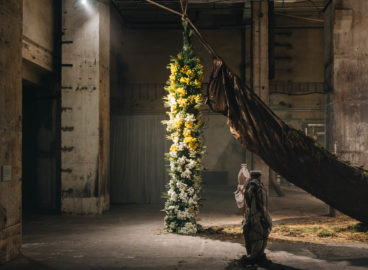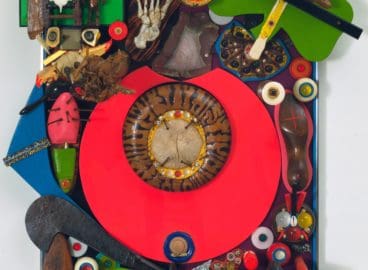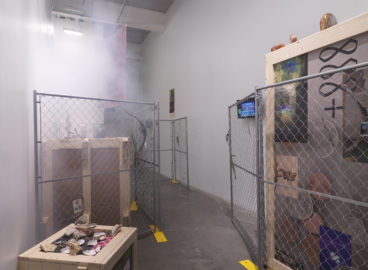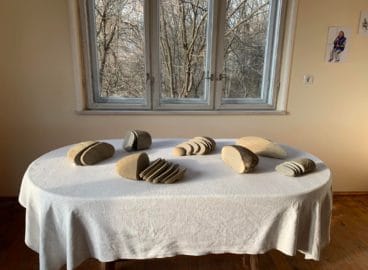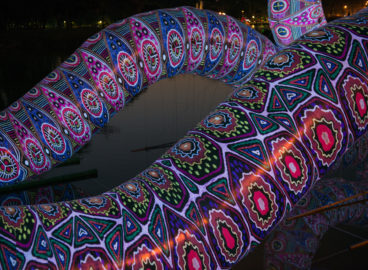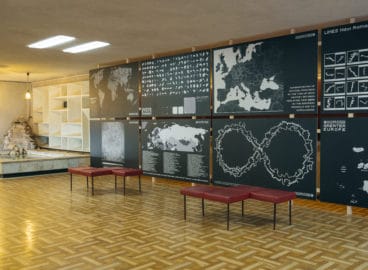post presents: Art, Resistance, and New Narratives in Response to the War in Ukraine
On the evening of October 12, 2022, post presents hosted presentations and conversations with artists, scholars, and curators about the artistic responses to the war in Ukraine, looking at the period between the Maidan Revolution, which was followed by Russia’s annexation of Crimea and occupation of Donbas in 2014, and the full-scale Russian invasion launched on February 24, 2022. This conversation is a continuation of the presentations and conversations commenced that evening.
